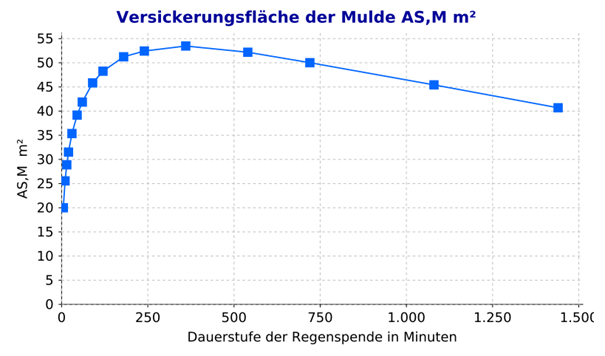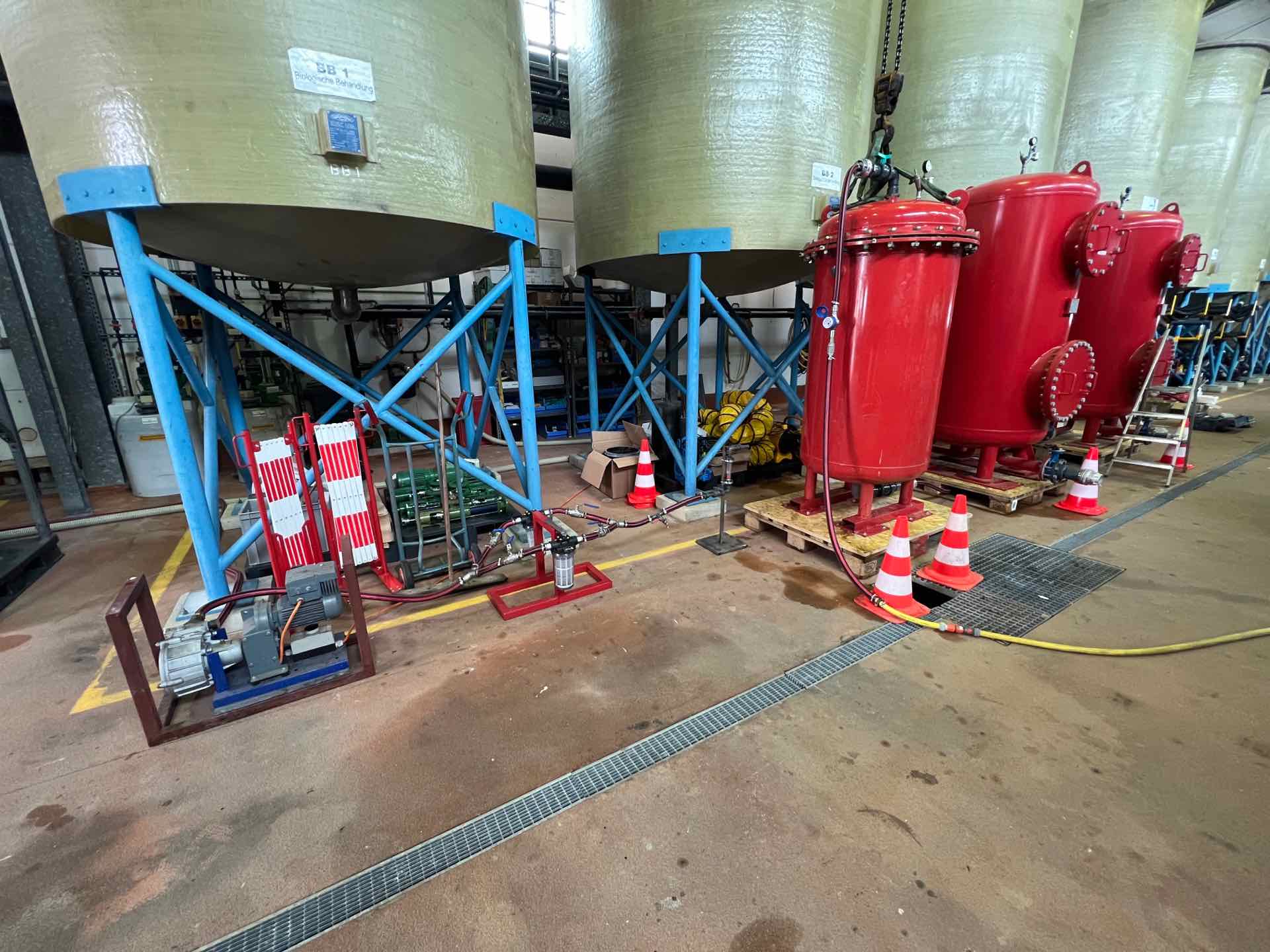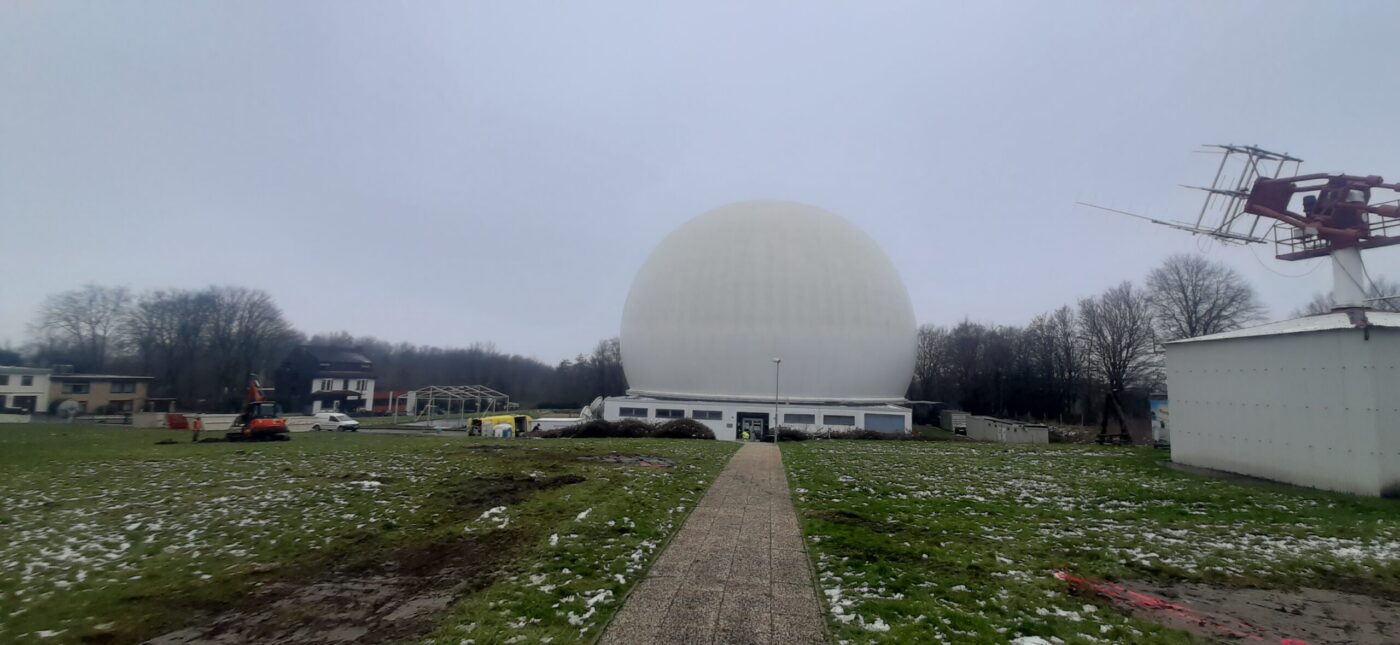Due to recent press reports, it is becoming increasingly apparent that the presence of asbestos can be expected in older existing buildings. The former "miracle building material" asbestos continues to pose major problems for tradespeople today, almost 30 years after it was banned from production and use on 31 October 1993, especially when carrying out construction and maintenance work in older buildings. This issue affects all buildings that were built, converted or modernised before 31.10.1993.
The use of asbestos in plasters, fillers and tile adhesives (PSF) up to 1993 has been a topic of discussion in specialist circles since 2015. However, this issue has not yet been communicated everywhere in the trade. The legal provisions for handling asbestos are currently being adapted to these findings. However, due to the need to involve various committees, it is not expected that the basic principles will be adapted in the near future.
This industry solution is intended to help affected trades to ensure occupational health and safety in existing buildings during the transitional period until adapted regulations are in place.
In accordance with TRGS 519, the only exceptions to the ban on production and use since November 1993 are demolition, renovation and maintenance work (ASI work), which may only be carried out by specialised companies with the necessary safety and personal equipment. Suitable protective measures for employees and the surrounding area must be defined on the basis of risk assessments and monitored by competent supervisors. The definition of ASI work includes many of the activities carried out by builders in existing buildings, such as replacing door frames or windows, working on plasterboard constructions, making openings or drilling into walls, ceilings or floors. The aforementioned requirements of TRGS 519 must therefore be fulfilled.
According to the instructions, it must be assumed that building materials containing asbestos are present in all buildings that were constructed, converted or renovated before 31 October 1993 if there is no reliable evidence that the materials are free of asbestos (laboratory or evidence of earlier renovation). In such cases, all work on potentially asbestos-containing materials may only be carried out by specialised companies (see above).
When installed, PSF products containing asbestos are often covered by wallpaper, paint or floor coverings, so that they do not pose a health risk during use. Although asbestos in PSF is only present in low concentrations in the building materials, fibre contamination in the air we breathe can be hazardous to health, especially when working on large areas.







